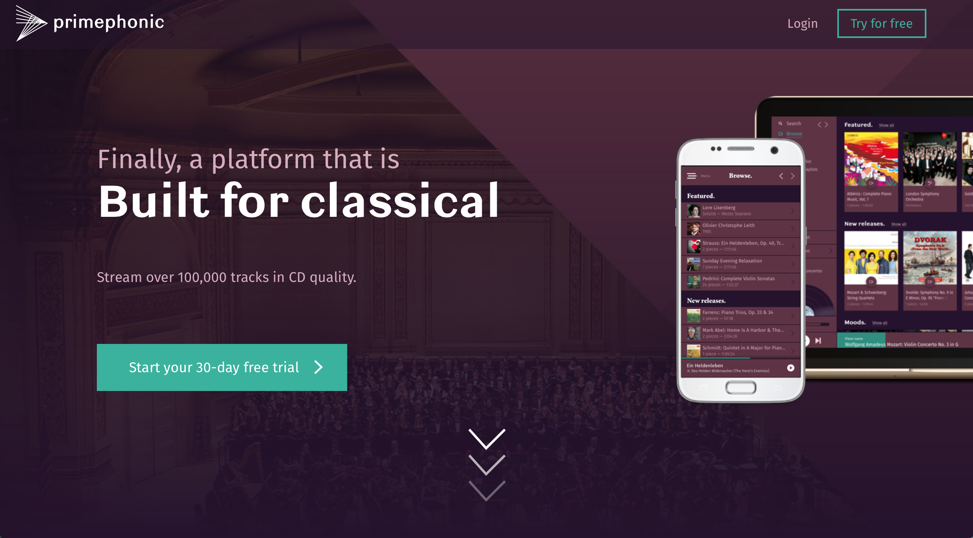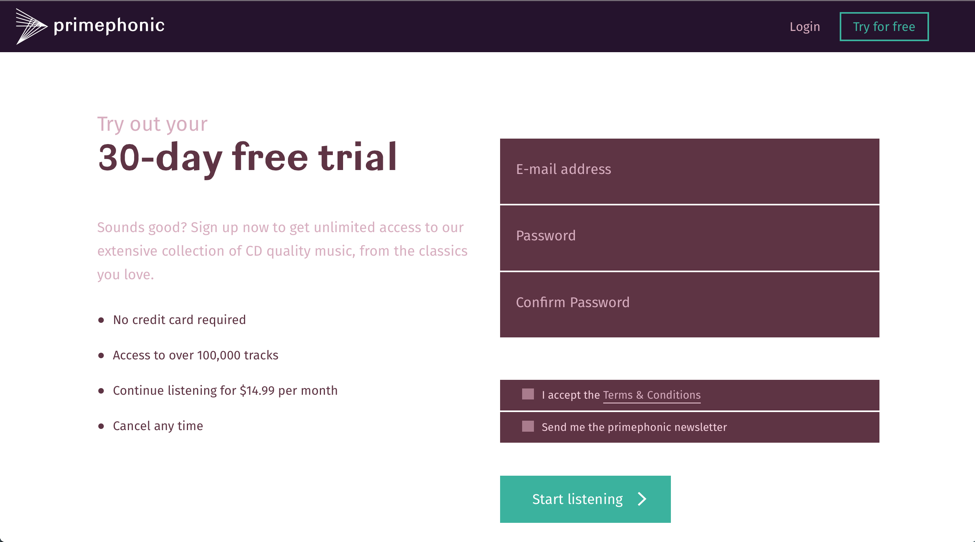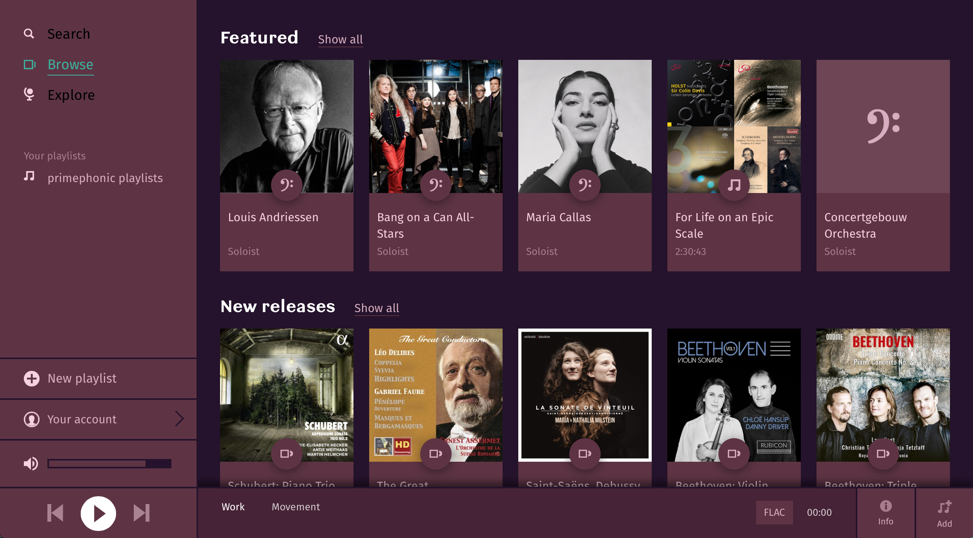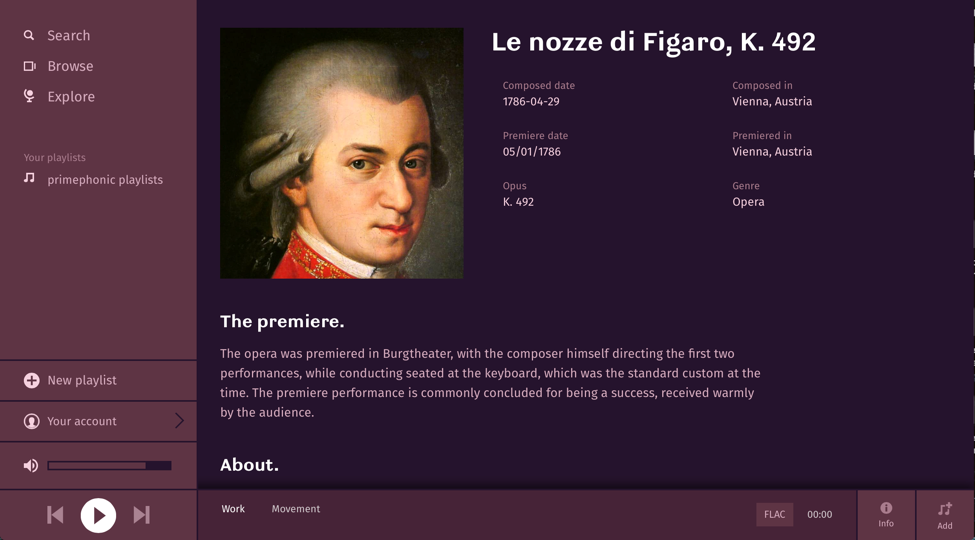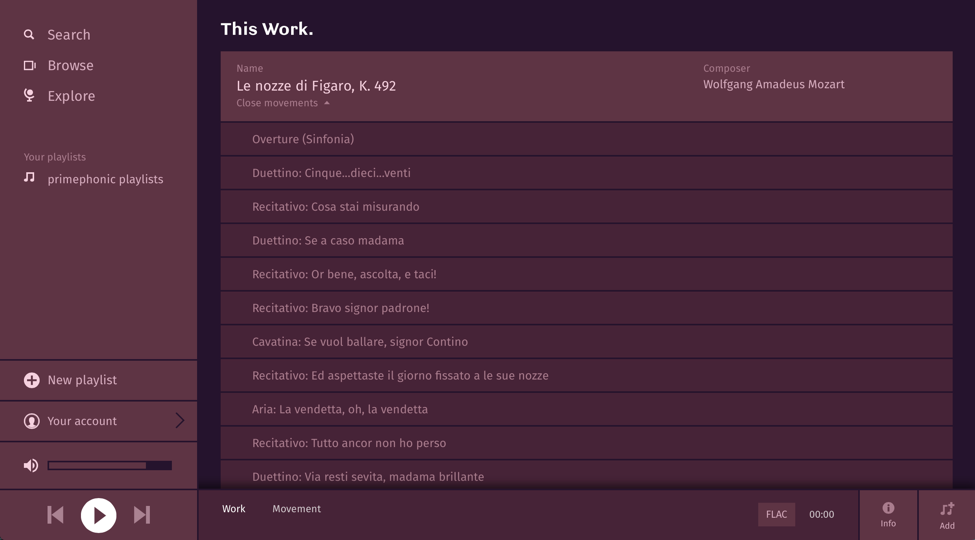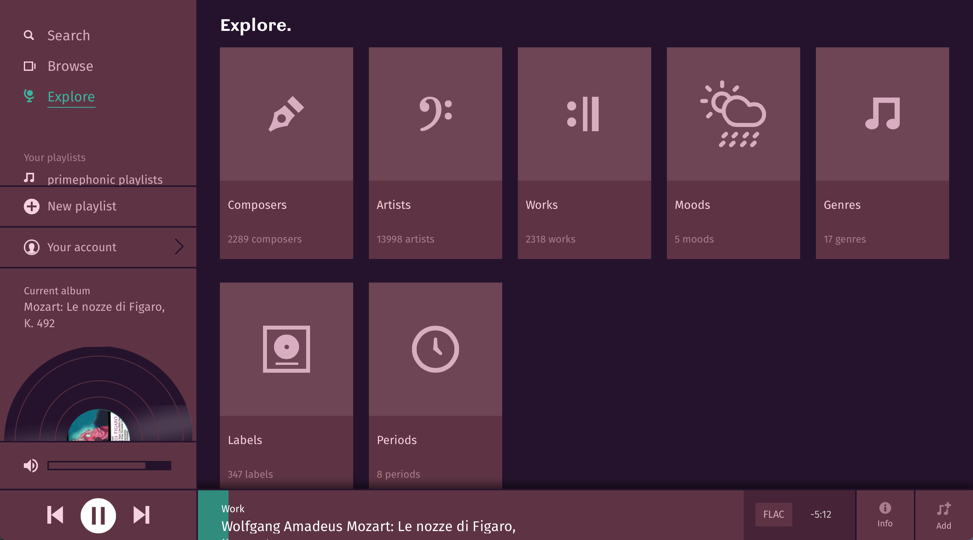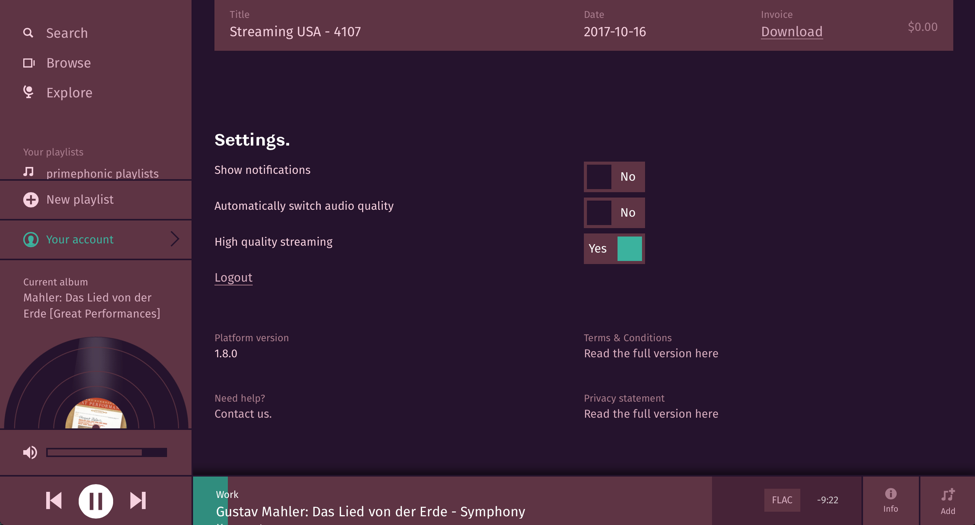Classical music experienced live can be exquisite. More people are streaming audio than ever before, however, and much of those exquisite qualities are completely lost.
Over the past few years the volume of audio being streamed online has increased by a staggering 233%, from 79.1 billion streams in 2014 to 184.38 billion in 2017. Of everyone who is listening to music, 80% of those people are streaming. Even though only about 60% of listeners pay for music streaming services, which is about 112 million people, the global music industry’s revenue still grew by about 6% in 2016 due to the sheer number of listeners (Nielsen).*
With all of this growth, classical music listeners are not moving towards these services with the same excitement. Only about 20% of classical music listeners are streaming music digitally (Nielsen) because popular streaming services make it difficult to search for classical music.
Why is streaming classical music such a nightmare? Metadata. The established favorites in the music streaming world – Spotify, Pandora, Apple Music – lack the ability to add all of the information that goes into one classical music track.
Here is an example of fitting all of the information from a classical music track from extraordinary mezzo-soprano Joyce DiDonato’s album, In War & Peace.
Source: Spotify Screenshot by author
The hardest part about maneuvering through all of this information on Spotify is that there is no easy way see all of it, which effects the users ability to search for it as well.
Another issue is that few popular platforms stream uncompressed audio for free. They favor bandwidth efficiency over audio quality. In paid accounts, the audio quality is generally better, but it is still compressed.
Enter Primephonic
Primephonic, a classical music distribution company, picked up on the streaming trend and decided to launch its own streaming platform in June 2017. Primephonic streams only classical music, meticulously manages audio quality, and is attempting to tailor metadata to the needs of classical music.
The platform itself is relatively user-friendly, and there is no download. It is easy to make an account and everything is clearly labeled. One minor con to the in-browser platform is that the streaming sometimes lags when you move between pages. This flaw is softened by the platform's large pool of new and old recordings to choose from and a way to explore and find new favorites.
The audio quality is an impressive selling point for Primephonic. Before any audio file is uploaded, each track is checked on a spectrogram for any irregularities. Then the tracks are streamed at 44.1 kHz Free Lossless Audio Codec (FLAC), which is CD quality. FLAC is an audio format where the audio is slightly compressed but no quality is lost, which makes for a very clear streaming experience. Primephonic claims “no compressed files with degraded sound – lossless audio is the message.”
Primephonic also has an in-house team of audio experts who give each individual track the “Primephonic signature classical treatment" (Quint). This involves ensuring every artist, composer, orchestra, etc. is in the correct place. This effort makes a world of difference when it comes to searching.
Here’s what another Joyce DiDonato album looks like in Primephonic:
Source: Primephonic Screenshot by author
All the details of the album are clearly laid out and very searchable. Important aspects like the composers, soloists, and ensembles each have their own line item.
Source: Primephonic Screenshot by author
Here, each track is listed under the composer, opera and act. It is much easier to read and find information. As a bonus – Primephonic pays per second of streaming. This means more money for the labels and more money for the artists. On mainstream platforms like Spotify, an entire movement of classical music that is 30 minutes long is paid the same amount as a 3-minute Justin Bieber track.
Browsing on Primephonic is less of a challenge and more enticing, like getting caught in interesting Wikipedia articles. As Primephonic grows and improves, we might see a new way for classical music artists and ensembles to share their music and receive fairer compensation.
A Walk Through Primephonic
* This post has been updated to clarify steaming and user volume.
Sources
"Nielsen Music Year-End Report U.S. 2016." Nielsen. January 9, 2017. http://www.nielsen.com/content/dam/corporate/us/en/reports-downloads/2017-reports/2016-year-end-music-report-us.pdf.
”2015 Neilsen Music U.S. Report.” Neilsen. Janurary 6, 2016. https://www.nielsen.com/content/dam/corporate/us/en/reports-downloads/2016-reports/2015-year-end-music-report.pdf.pdf
"Nielsen Music Mid-Year Report U.S. 2017." Nielsen. July 5, 2017. http://www.nielsen.com/content/dam/corporate/us/en/reports-downloads/2017-reports/music-us-mid-year-report-2017.pdf.
Quint, Andrew. “Primephonic: A New Source of High-Resolution Classical Downloads and Streaming.” The Absolute Sound. August 11, 2017. http://www.theabsolutesound.com/articles/primephonic/.






